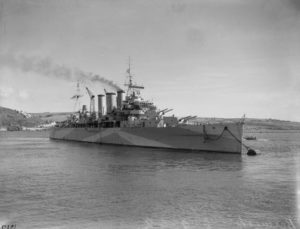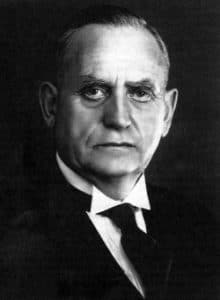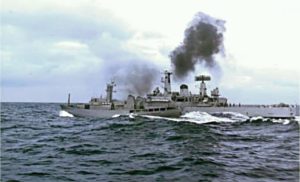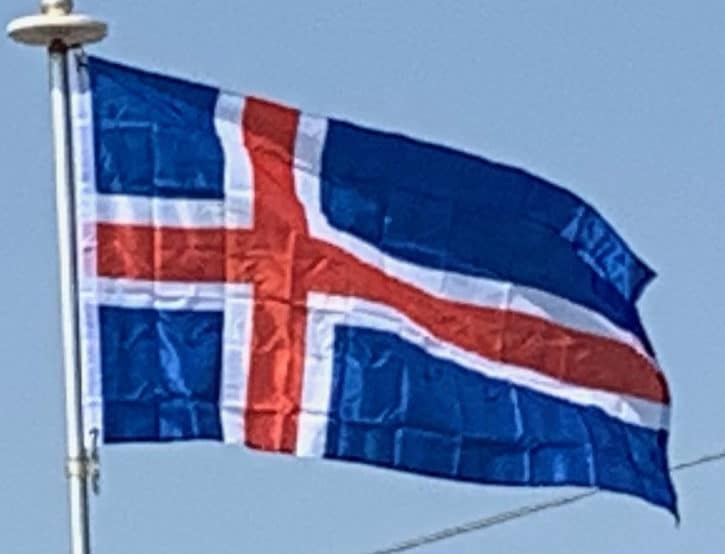
During World War II, Iceland joined Denmark in asserting neutrality. After the German occupation of Denmark on 9 April 1940, the Althing replaced the King with a regent and declared that the Icelandic government would take control of its own defense and foreign affairs. A month later, British armed forces conducted Operation Fork, the invasion and occupation of the country, violating Icelandic neutrality. In 1941, the Government of Iceland, friendly to Britain, invited the then-neutral United States to take over its defense so that Britain could use its troops elsewhere.
1944–Present – Republic of Iceland:
On 31 December 1943, the Danish–Icelandic Act of Union expired after 25 years. Beginning on 20 May 1944, Icelanders voted in a four-day plebiscite on whether to terminate the personal union with Denmark, abolish the monarchy, and establish a republic. The vote was 97% to end the union, and 95% in favor of the new republican constitution. Iceland formally became a republic on 17 June 1944, with Sveinn Björnsson as its first president.

In 1946, the US Defence Force Allied left Iceland. The nation formally became a member of NATO on 30 March 1949, amid domestic controversy and riots. On 5 May 1951, a defense agreement was signed with the United States. American troops returned to Iceland as the Iceland Defence Force, and remained throughout the Cold War. The US withdrew the last of its forces on 30 September 2006.
Iceland prospered during the Second World War. The immediate post-war period was followed by substantial economic growth, driven by industrialization of the fishing industry and the US Marshall Plan program, through which Icelanders received the most aid per capita of any European country (at US$209, with the war-ravaged Netherlands a distant second at US$109).
The 1970s were marked by the Cod Wars—several disputes with the United Kingdom over Iceland’s extension of its fishing limits to 200 nmi (370 km) offshore. Iceland hosted a summit in Reykjavík in 1986 between United States President Ronald Reagan and Soviet Premier Mikhail Gorbachev, during which they took significant steps toward nuclear disarmament. A few years later, Iceland became the first country to recognize the independence of Estonia, Latvia, and Lithuania as they broke away from the USSR. Throughout the 1990s, the country expanded its international role and developed a foreign policy oriented toward humanitarian and peacekeeping causes. To that end, Iceland provided aid and expertise to various NATO-led interventions in Bosnia, Kosovo, and Iraq.

Iceland joined the European Economic Area in 1994, after which the economy was greatly diversified and liberalized. International economic relations increased further after 2001, when Iceland’s newly deregulated banks began to raise massive amounts of external debt, contributing to a 32% increase in Iceland’s gross national income between 2002 and 2007.
In 2003–2007, following the privatization of the banking sector under the government of Davíð Oddsson, Iceland moved toward having an economy based on international investment banking and financial services. It was quickly becoming one of the most prosperous countries in the world but was hit hard by a major financial crisis. The crisis resulted in the greatest migration from Iceland since 1887, with a net emigration of 5,000 people in 2009. Iceland’s economy stabilized under the government of Jóhanna Sigurðardóttir, and grew by 1.6% in 2012. The center-right Independence Party was returned to power in coalition with the Progressive Party in the 2013 elections. In the following years, Iceland saw a surge in tourism as the country became a popular holiday destination. In 2016, Prime Minister Sigmundur Davíð Gunnlaugsson resigned after being implicated in the Panama Papers scandal. Early elections in 2016 resulted in a right-wing coalition government of the Independence Party, the Reform Party and Bright Future. This government fell when Bright Future quit the coalition due to a scandal involving then-Prime Minister Bjarni Benediktsson’s father’s letter of support for a convicted child sex offender. Snap elections in October 2017 brought to power a new coalition consisting of the Independence Party, the Progressive Party and the Left-Green Movement, headed by Katrín Jakobsdóttir.
Geography:
Iceland is at the juncture of the North Atlantic and Arctic Oceans. The main island is entirely south of the Arctic Circle, which passes through the small Icelandic island of Grímsey off the main island’s northern coast.
